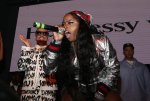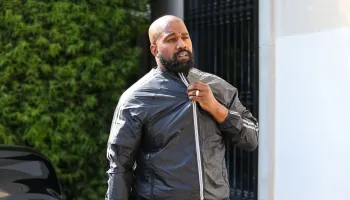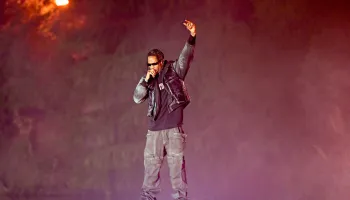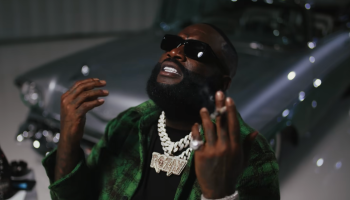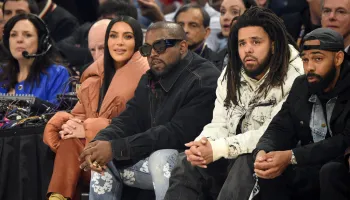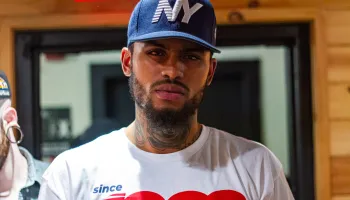
Source: Astrid Stawiarz / Getty
On this day 45 years ago, DJ Kool Herc put into motion what would become one of the most influential forms of music and culture by way of a birthday party he hosted for his sister in the Bronx. Seen as Hip-Hop‘s day of birth, Aug. 11 has been recognized for years now, and the culture continues to thrive in ways few would imagine.
History.com writes:
Like any style of music, hip hop has roots in other forms, and its evolution was shaped by many different artists, but there’s a case to be made that it came to life precisely on this day in 1973, at a birthday party in the recreation room of an apartment building in the west Bronx, New York City. The location of that birthplace was 1520 Sedgwick Avenue, and the man who presided over that historic party was the birthday girl’s brother, Clive Campbell—better known to history as DJ Kool Herc, founding father of hip hop.
Born and raised to the age of 10 in Kingston, Jamaica, DJ Kool Herc began spinning records at parties and between sets his father’s band played while he was a teenager in the Bronx in the early 1970s. Herc often emulated the style of Jamaican “selectors” (DJs) by “toasting” (i.e., talking) over the records he spun, but his historical significance has nothing to do with rapping. Kool Herc’s contribution to hip hop was even more fundamental.
The term “Hip-Hop” wasn’t widely used in its early days but became a useful term to encompass all aspects of the culture by the late ’70’s and early ’80’s. Hip-Hop proponents such as the Zula Nation promote four chief elements of the overall culture as listed: Deejaying. Emceeing. Breaking. Graffiti.
Other aspects include beat-boxing, street fashion, street language, street knowledge, and street entrepreneurialism as listed by The Temple of Hip Hop founded by longtime veteran rapper KRS-One.
It was actually the turn of the decade when Hip-Hop’s evolution was at its most robust and by the mid-80’s, the call and response, syncopated style of rapping evolved with the emergence of microphone masters such as Rakim, the aforementioned KRS-One, Slick Rick, Kool G Rap, Roxanne Shante, Big Daddy Kane, LL Cool J, Ultra Magnetic MCs, Schooly D and many others.
Today, Hip-Hop is now a billion-dollar business with rappers who got their start in the ’80’s like Jay-Z now one of its richest acts who used music to propel his various business ventures. And like the early ’80’s and 90’s, the genre is still largely male-dominated.
Early successful acts such as Salt-N-Pepa, Queen Latifah, Lil’ Kim, and Yo-Yo laid the groundwork for the likes of Cardi B, Nicki Minaj, Rapsody and other women artists who have amassed large fanbases in defiance of the gender imbalance.
Of the chief elements, graffiti and breakdancing remain viable but very exclusive niches that survive partly due to nostalgia and also a reverence for the preservation of the culture. Deejaying has remained a vital cog in the game, although that art has also gone through a series of metamorphoses.
There might be some that say Hip-Hop has lost its way, pining for days of old. Like Yasiin Bey (FKA Mos Def) famously said on the intro song “Fear Not Of Man” from his debut solo LP Black On Both Sides, “People talk about hip-hop like it’s some giant livin’ in the hillside” — essentially saying the music, culture and all of its participants shape what Hip-Hop is, not the other way around.
As long as there’s a need to express one’s self artistically by bending sound, movement, and images to their will, Hip-Hop will undoubtedly live forever.
—
Photo: Getty


